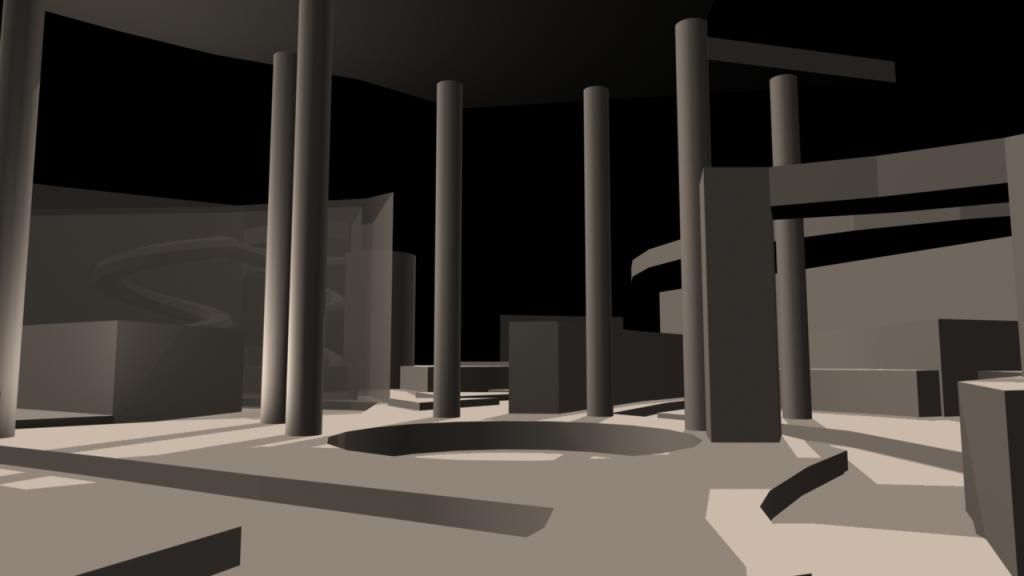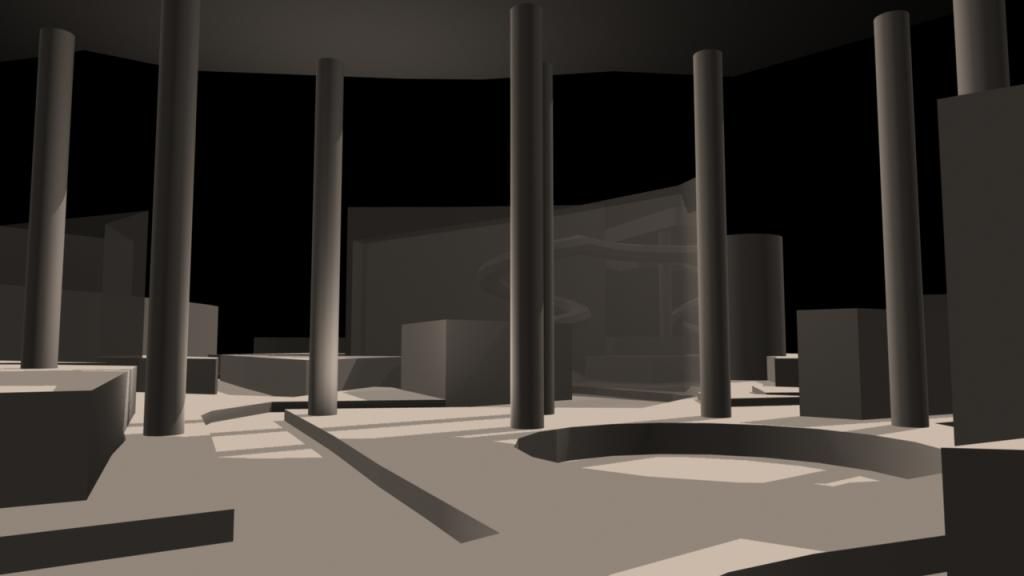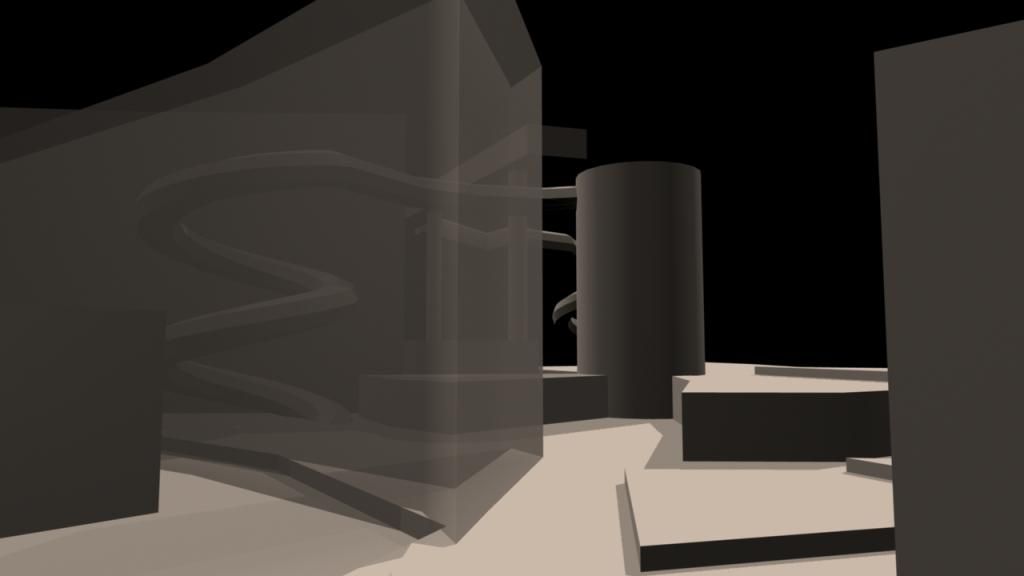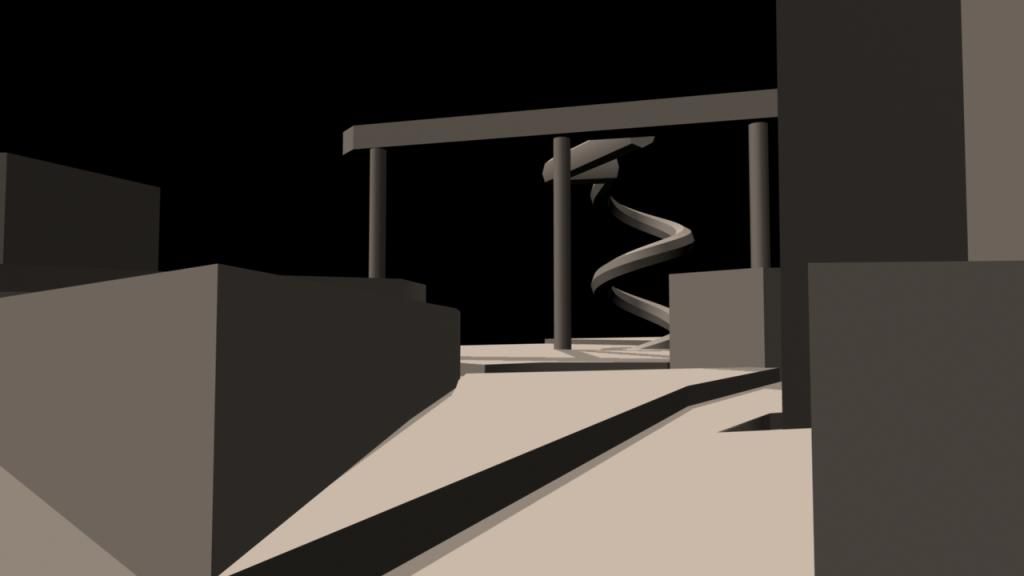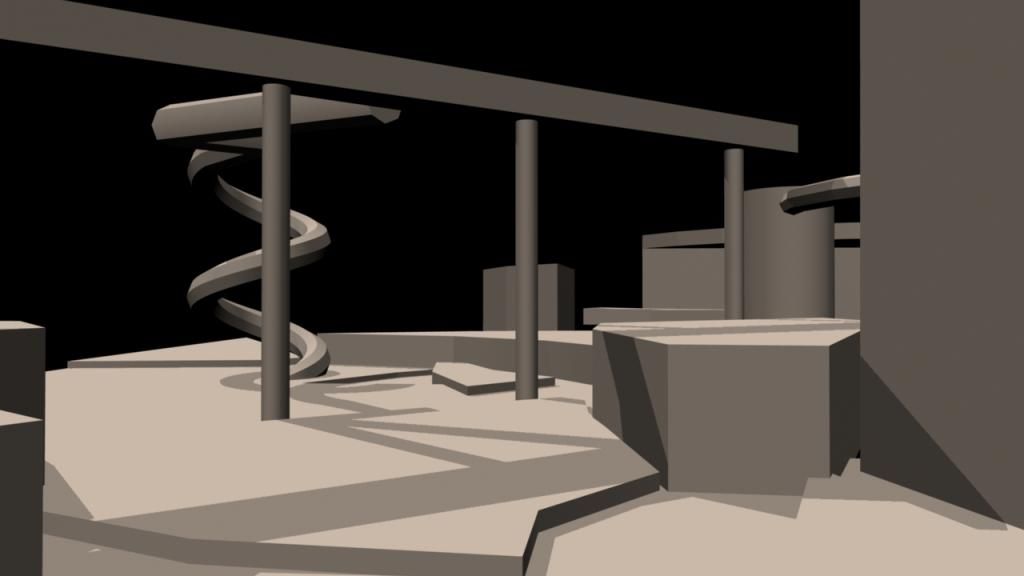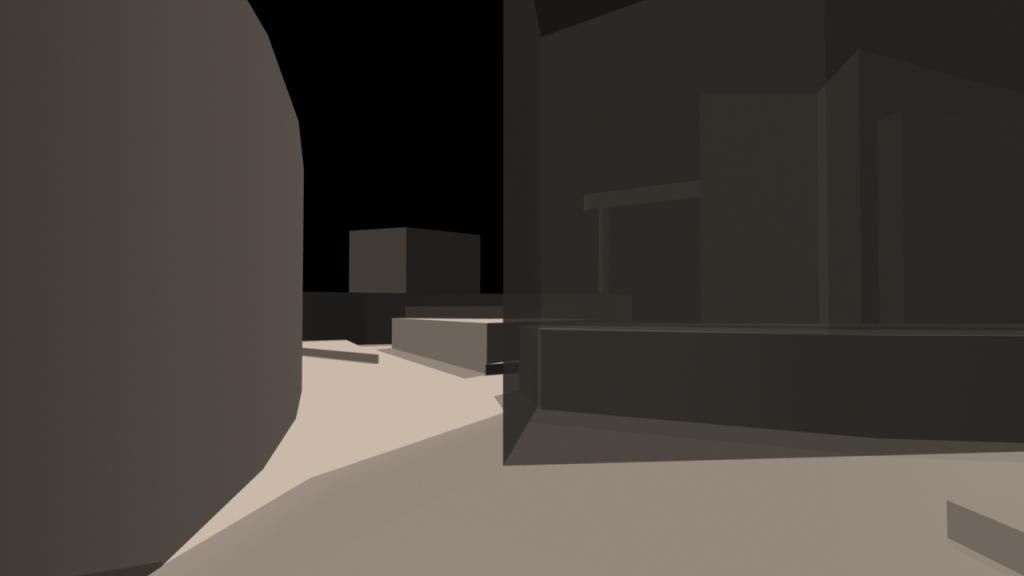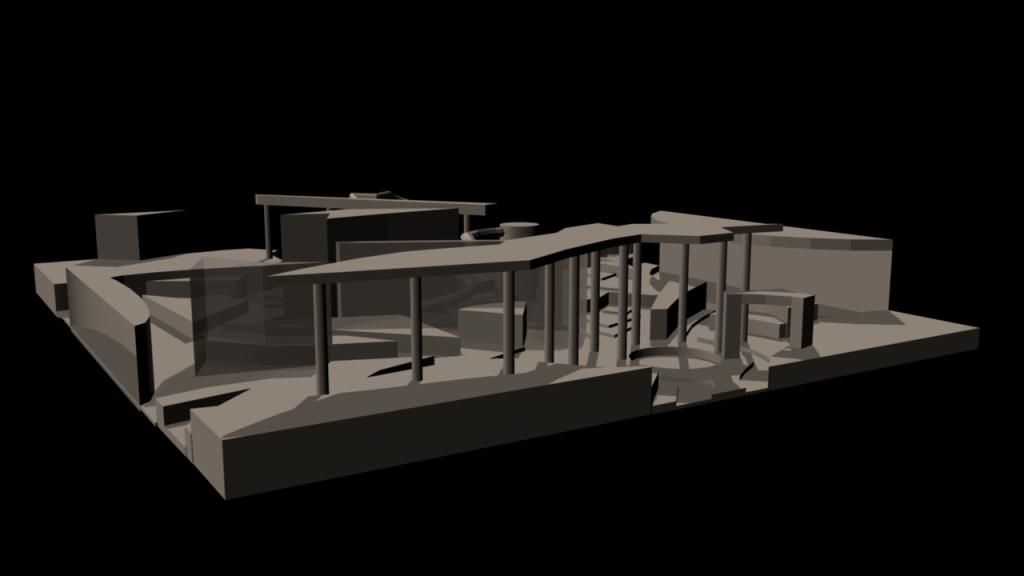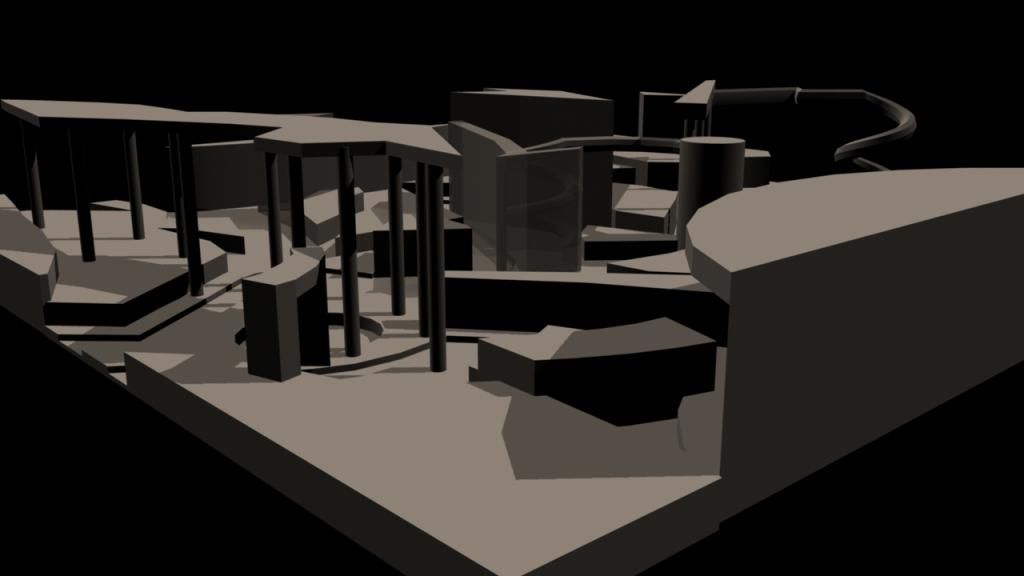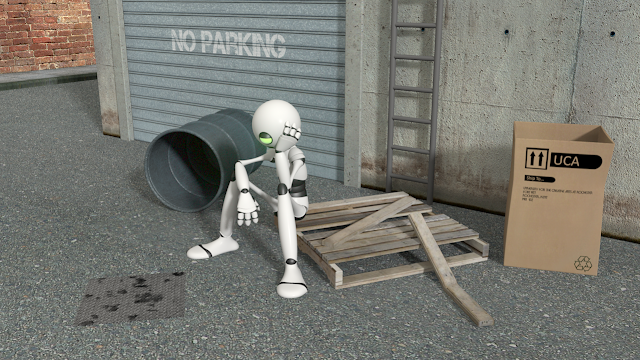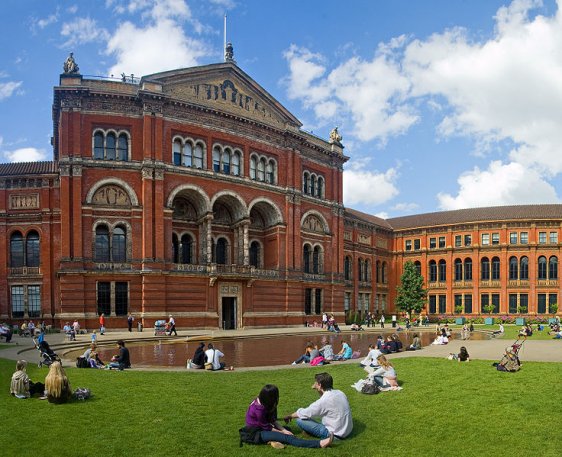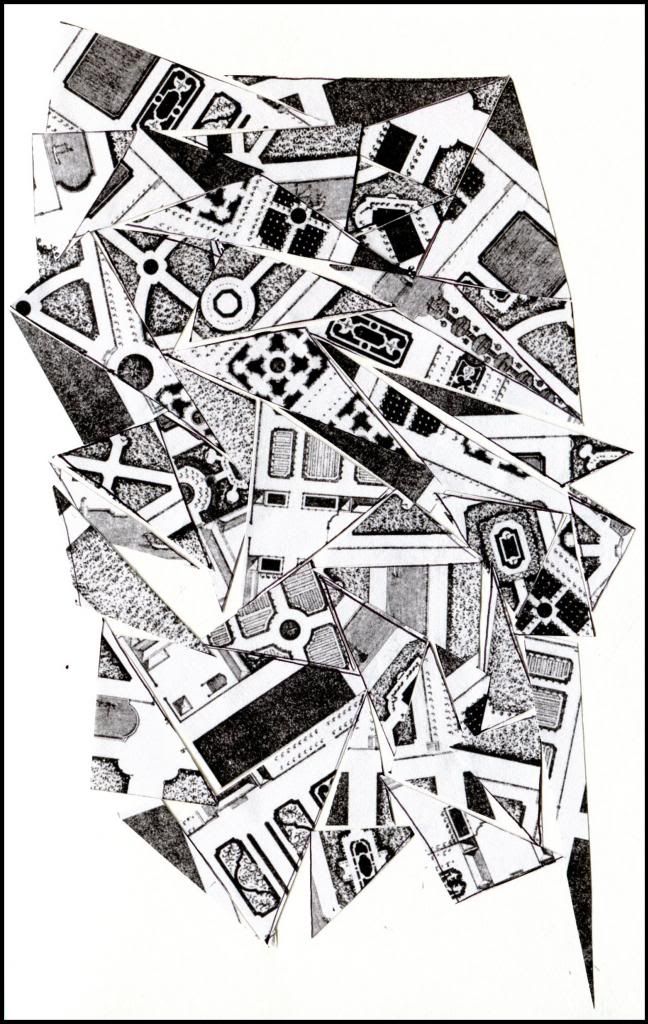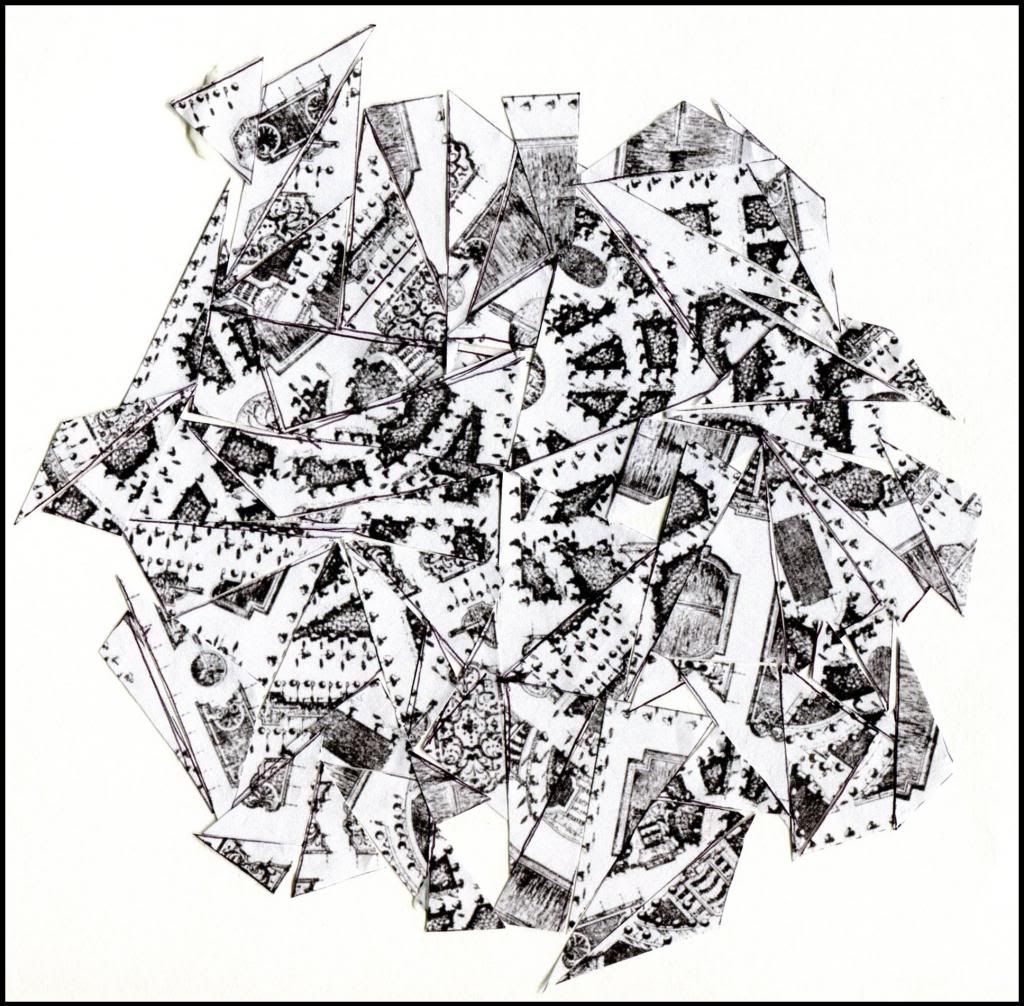So that I have a set area to base my garden design in I have been looking up possible places for it to be if it actually existed. I had already decided that I did not want it to be for a regular garden or a stately home. Being completely artistic and innovative I want it to be able to be on show so I decided that it should be placed in an exhibiton. I could place it as part of RHS Chelsea Flower Show but with their small set plots I felt I wanted something bigger.
Somerset House
Somerset House is a big arts and culture centre which is always placing different attractions in it's courtyard area. These attractions are all laid out differently too to change the appearance of the space.
Tate Modern
The Tate Modern would probably be a perfect place to exhibit as it is full of innovative art work. The only thing I would worry about is that the outdoor 'space' may be a bit too all over the place to get a definitive area for a plan.
Victoria and Albert Museum
The Victoria and Albert museum has a beautiful outdoor space for an artistic garden. It is even interupted by a water pool which would challenge design work, even with the question of how to cover it because there shouldn't be any natural elements in a futurist garden.
